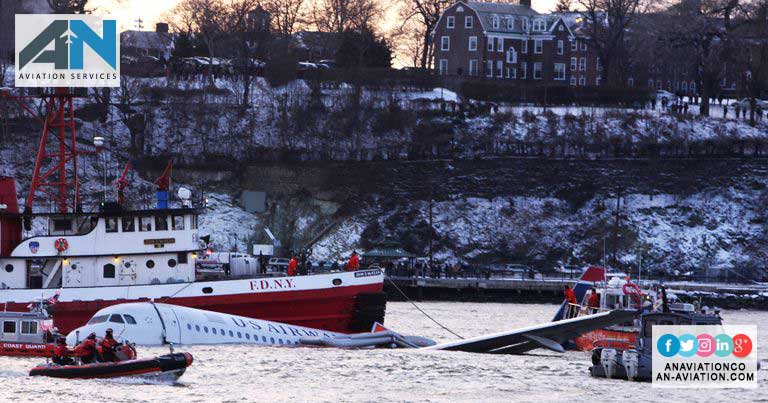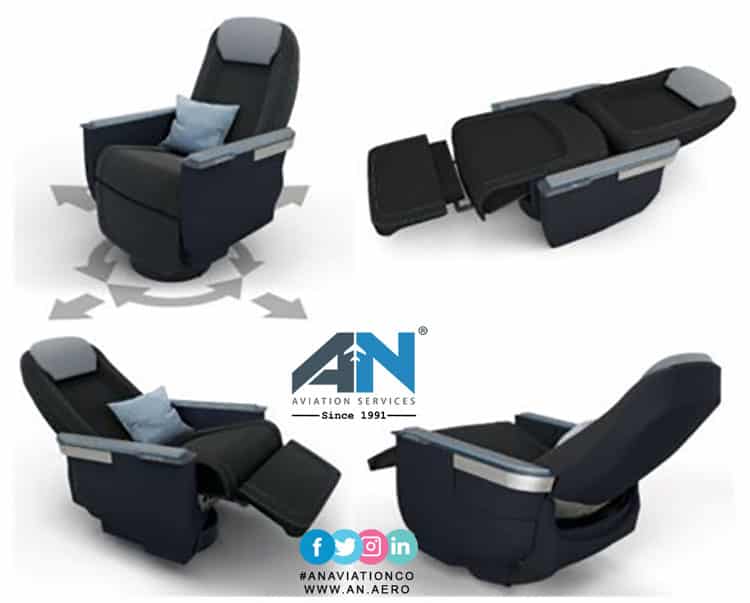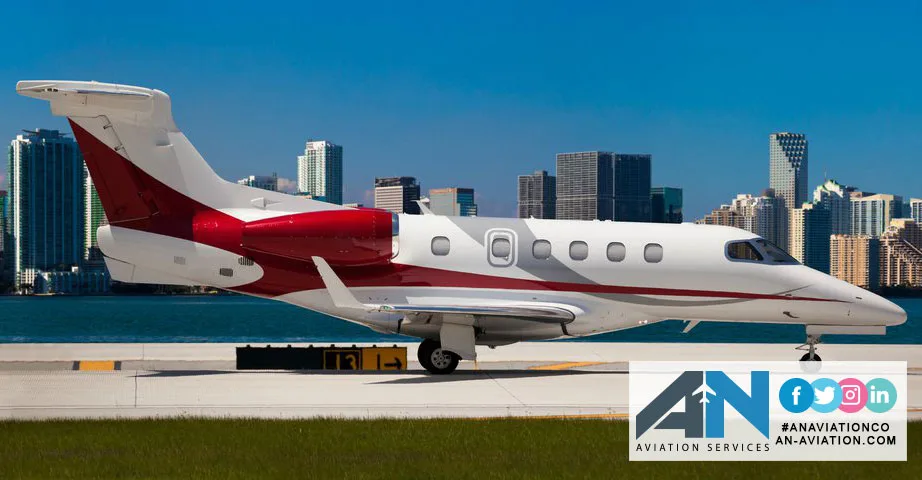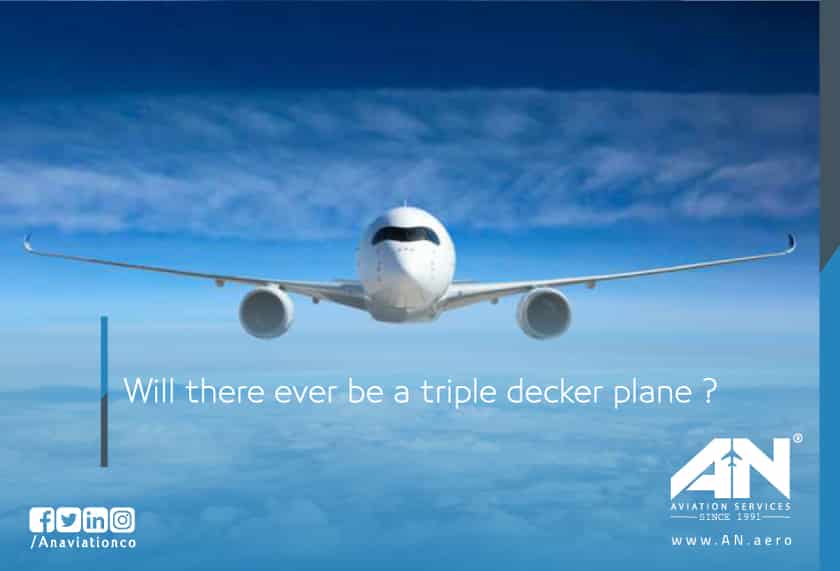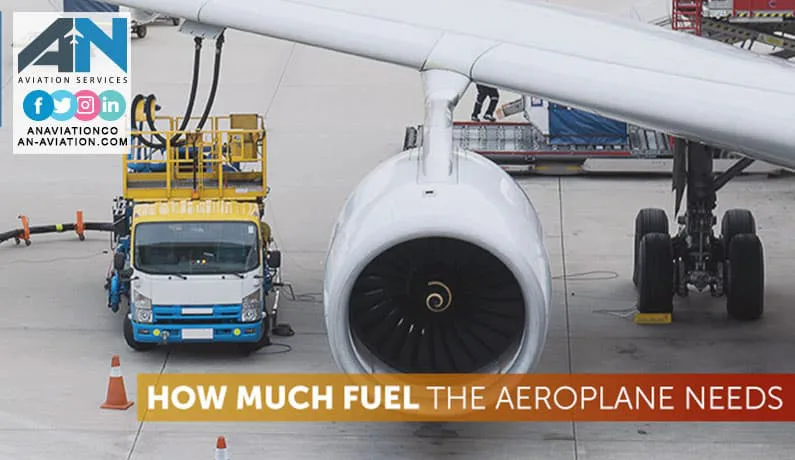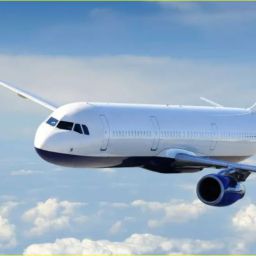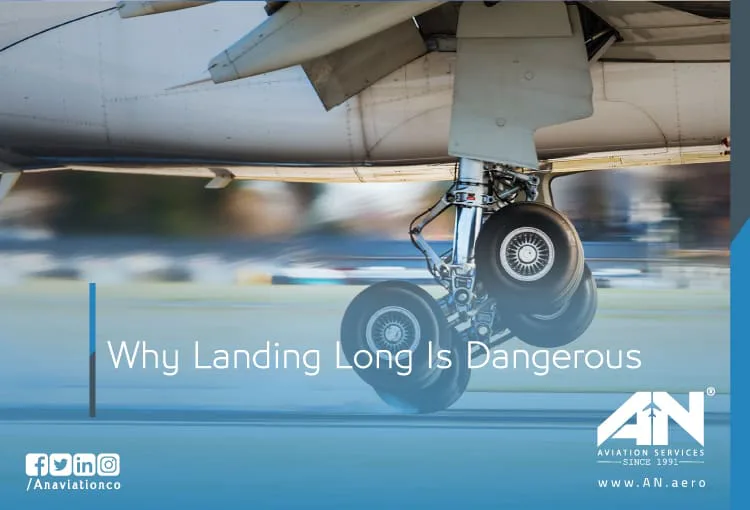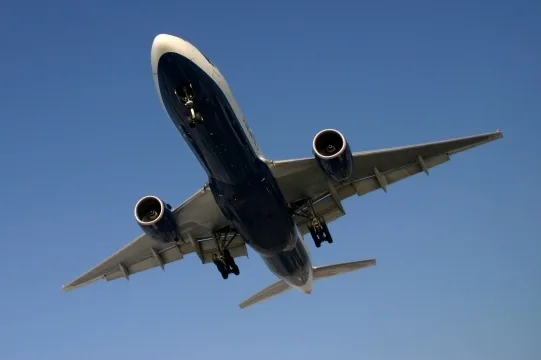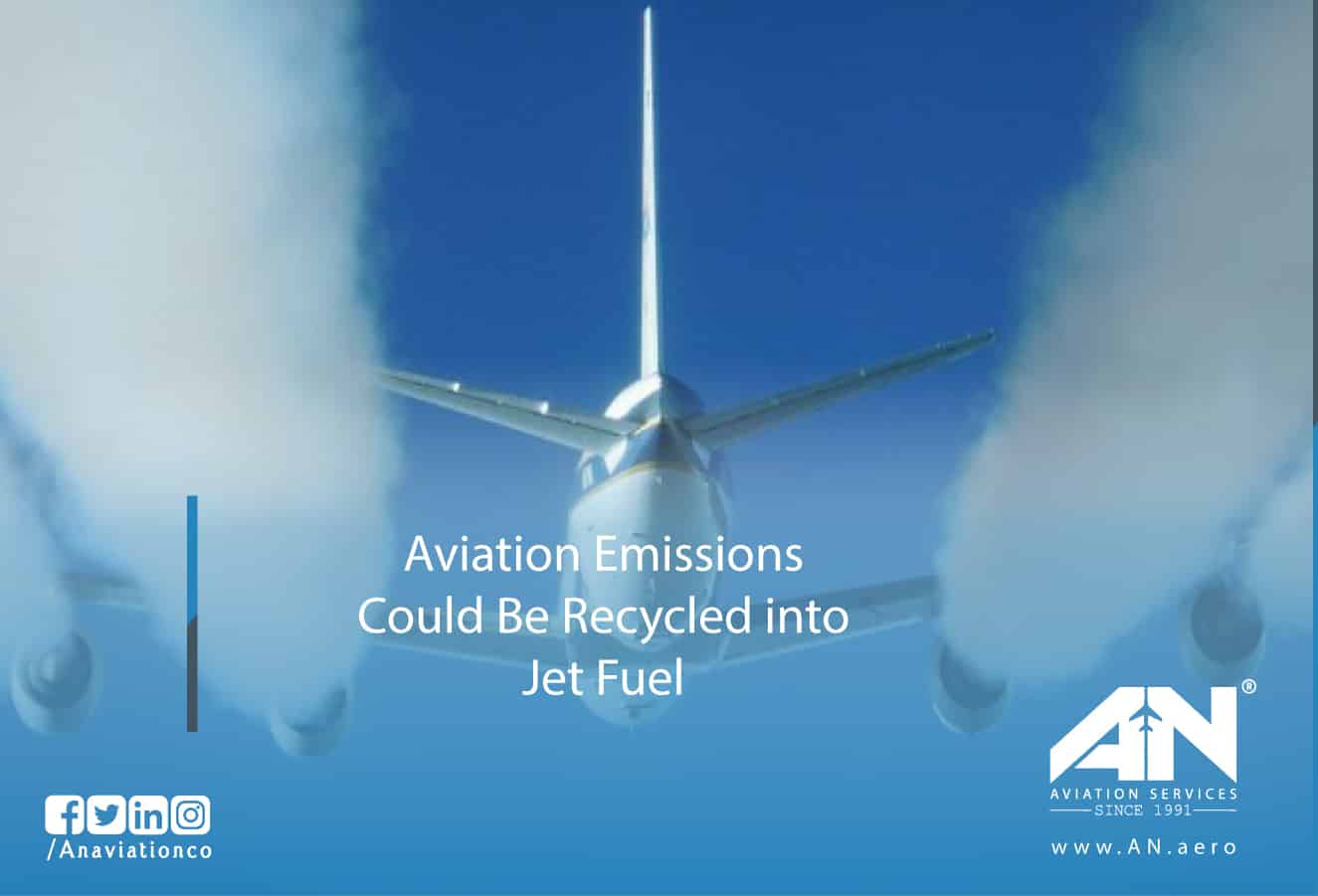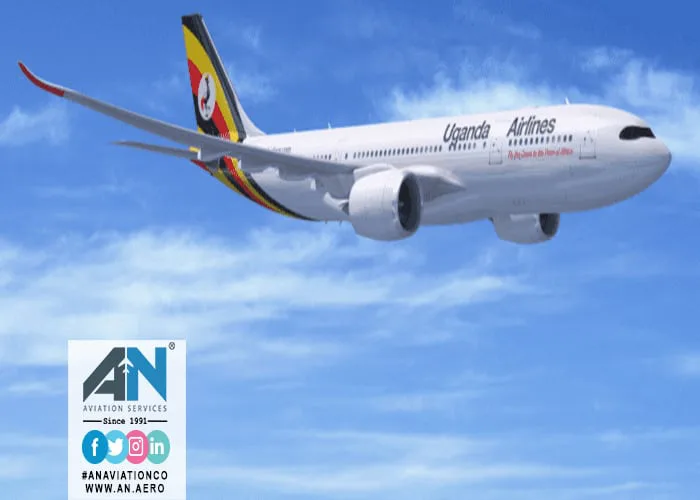
The Airbus A330-800neo was introduced as part of Airbus’s effort to modernize its popular A330 family, promising improved efficiency, longer range, and updated technology. Powered by the advanced Rolls-Royce Trent 7000 engines, this aircraft was designed to be a fuel-efficient solution for medium- to long-haul routes. On paper, the A330-800neo should have been a hit among airlines, combining operational cost savings with Airbus’s proven track record of reliability.
However, despite its promising specifications, the A330-800neo has struggled to gain traction in the market. With only a handful of orders since its launch, many in the aviation industry are wondering: why aren’t airlines flocking to this aircraft? In this blog, we’ll explore the reasons behind the lukewarm reception to the A330-800neo and what this might mean for its future in commercial aviation.
A Look at the Airbus A330-800neo
The A330-800neo is the smaller of the two models in Airbus’s A330neo family, with its larger sibling being the A330-900neo. Designed as a replacement for the aging A330-200, the A330-800neo offers improved fuel efficiency, thanks to its aerodynamic upgrades and the cutting-edge Rolls-Royce Trent 7000 engines.
Capable of carrying between 220 and 260 passengers, the aircraft boasts a range of up to 7,500 nautical miles, making it ideal for connecting smaller cities on long-haul routes. In addition, the A330-800neo features Airbus’s signature Airspace cabin design, offering passengers a quieter, more comfortable in-flight experience.
Despite these advantages, the A330-800neo has been overshadowed by other aircraft in Airbus’s portfolio—and by competitors in the aviation market.
Competition Within Airbus
One of the key reasons for the A330-800neo’s struggles is internal competition within the Airbus lineup. The larger A330-900neo, which can carry more passengers while offering similar operational efficiencies, has become the more popular choice among airlines. With a seating capacity of 260 to 300 passengers and slightly lower operating costs per seat, the A330-900neo appeals to carriers seeking to maximize revenue on high-demand routes.
In many cases, airlines find the additional capacity of the A330-900neo more attractive, even if their current route networks don’t require it. This has left the A330-800neo in an awkward position—too large for short-haul routes but often overlooked for medium- and long-haul operations where its larger sibling dominates.
Pressure from the A321XLR
Another challenge facing the A330-800neo comes from Airbus’s own A321XLR (extra-long-range), which has been a massive success. The single-aisle A321XLR can carry up to 244 passengers over distances of up to 4,700 nautical miles, offering airlines a cost-effective option for point-to-point routes.
For carriers looking to replace smaller wide-body aircraft like the A330-200, the A321XLR provides a compelling alternative. Its reduced fuel consumption, lower operating costs, and ability to serve long-haul destinations from smaller airports make it a favorite for airlines looking to expand their networks without the expense of a larger twin-aisle jet.
The popularity of the A321XLR has further eroded the market for the A330-800neo, leaving it with limited appeal for airlines.
Competition from Boeing
Beyond Airbus’s own lineup, the A330-800neo faces stiff competition from Boeing. The Boeing 787 Dreamliner, particularly the 787-8 variant, has been a direct competitor in the medium- to long-haul market. The 787–8 offers similar seating capacity and range while boasting exceptional fuel efficiency and advanced composite materials that reduce weight.
Boeing’s aggressive sales strategy for the 787 series, coupled with its widespread adoption by airlines around the world, has made it difficult for the A330-800neo to carve out its own market niche. Many airlines that might have considered the A330-800neo have already invested in the 787, leaving Airbus’s offering to struggle for attention.
Changing Airline Strategies
The struggles of the A330-800neo also reflect changing priorities in the airline industry. In the past, airlines often operated a mix of smaller and larger wide-body aircraft to suit different route demands. However, the trend in recent years has been toward fleet simplification, with many carriers favoring versatile models that can cover a wide range of operations.
This shift has worked against the A330-800neo, which occupies a highly specific niche. Airlines are increasingly opting for aircraft with broader appeal, such as the A330-900neo or the Boeing 787, leaving the A330-800neo with fewer potential customers.
Additionally, the COVID-19 pandemic has accelerated the move toward smaller, more fuel-efficient aircraft as airlines prioritize flexibility and cost savings in an uncertain market. This has further diminished interest in the A330-800neo.
The Role of Rolls-Royce Trent 7000 Engines
One of the key selling points of the A330-800neo is its use of the Rolls-Royce Trent 7000 engines, which deliver significant improvements in fuel efficiency compared to previous-generation engines. These engines are quieter, cleaner, and optimized for long-haul performance, helping reduce overall operating costs.
However, while the Rolls-Royce Trent 7000 engines offer clear advantages, they are not enough to overcome the broader challenges facing the A330-800neo. The aircraft’s limited market appeal and competition from both Airbus and Boeing have overshadowed its technical strengths.
What Lies Ahead for the A330-800neo?
Despite its challenges, the A330-800neo is not without hope. A few airlines, including Kuwait Airways, have recognized its potential for specific long-haul routes that don’t require the higher capacity of the A330-900neo. For carriers operating in niche markets or serving secondary cities, the A330-800neo offers a cost-effective solution with exceptional range and passenger comfort.
Airbus remains committed to supporting the A330-800neo, and continued advancements in fuel efficiency and sustainability could improve its prospects. As the industry shifts toward greener aviation technologies, the aircraft’s reliance on efficient Rolls-Royce Trent 7000 engines could make it more attractive in the future.
Conclusion
The Airbus A330-800neo is a remarkable aircraft with state-of-the-art technology, efficient Rolls-Royce Trent 7000 engines, and a focus on long-haul operations. However, its struggles to gain traction in the market highlight the challenges of competing in a rapidly changing aviation landscape.
Overshadowed by its larger sibling, the A330-900neo, and facing stiff competition from both the Airbus A321XLR and the Boeing 787, the A330-800neo has found itself stuck in a narrow niche. Changing airline strategies and the ongoing effects of the pandemic have further limited its appeal.
While the future of the A330-800neo remains uncertain, its advanced design and operational efficiency ensure that it will continue to serve the airlines that recognize its value. As the aviation industry evolves, this underdog of the A330neo family may yet find its place in the skies.


